
Definition: ‘Street photography, also sometimes called candid photography, is photography conducted for art or inquiry that features unmediated chance encounters and random incidents within a public place. Although there is a difference between street and candid photography, it is usually subtle with most street photography being candid in nature and some candid photography being classifiable as street photography. Street photography does not necessitate the presence of a street or even the urban environment. Though people usually feature directly, street photography might be absent of people and can be of an object or environment where the image projects a decidedly human character in facsimile or aesthetic.’
“Don’t wait. The time will never be just right.”
-Napoleon Hill
“Just go out and shoot! It’s great to get inspired by reading books and watching tutorials and so forth, but you need to actually go out and take pictures. Don’t be afraid to get out there.” -Valerie Jardin
Henri Cartier-Bresson
Bresson was a French photographer, who was said to have pioneered the genre of street photography. He thought of photography as a way of capturing a decisive moment. Bresson’s passion of photography came at an early age where he used to capture moments of his family holidays. This small hobbit then turned into his career, where he made a massive contribution towards photography.
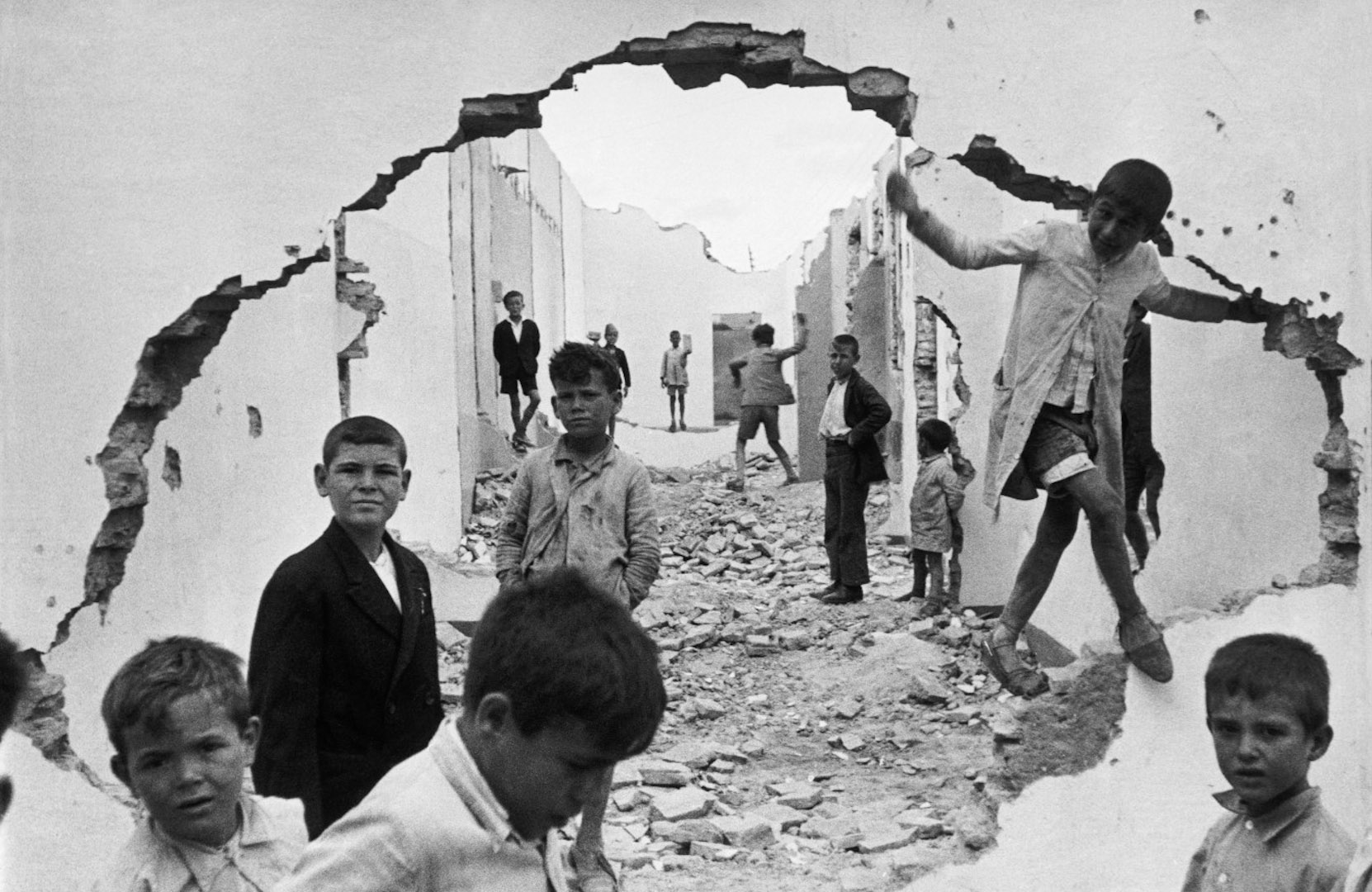
Emotional Response
When first viewing the photograph, we begin to grow an emotional attachment to the child located around the image. This is because it seems like their homes have been destroyed, leaving them with the remains of the homes to play with. The morbid photograph is interesting as the facial expressions on the children are not happy making us realise that something is not right, making us more emotionally attached to the image. Moreover, the children’s faces look soiled meaning that the setting is not hygienic and potentially very unsafe for them.
Technical Response
This photograph is presented in black and white, which allows the solied faces of the children to be clearly visible, it also allows the broken walls and dirty floor, to present the formal element of texture. The fact that the image is black and white also plays on the idea that the children have nothing, like we had nothing back in the day. The wall with a hole in it has been used as a frame, which is framing the background allowing the viewers eyes to clearly be guided around the photograph. The location of the children also helps to guide the eyes, as there are more kids in the foreground and less in the background, (creating a large proximity) making our eyes look at the front of the image and make there way towards the background. The formal elements of shape and space are also presented through this image, through the use of the children and the collapsed walls, trapping them. The whole frame of the photograph is in focus, however, the background is slightly less out of focus, which means there is a large depth of field. Moreover, the aperture is likely to be around F11 – F8. The shutter speed used to capture this image is likely to be quick, as there is no intended blur. Additionally to the ISO is also likely to be low as there is no noise created by the light. The lighting used in this photograph is likely to be natural, as it has been taken outside, in what could be the children’s natural environment. This image consists of some negative space, which is found at the background of the frame, this creates a sense of that these children live with nothing and are trapped with nothing, which also helps to create an emotional attachment.
Contextual Responce
This image was taken in 1933, which was a couple of years before the Spanish civil war. The children are said to be playing in a ruins, a destruction from a previous war. 1933, was one of the worst years during the Great Depression, which was a time when the economy collapsed, which also helps to provide contact towards the photograph.
Conceptual Response
Now knowing the context, I believe the concept of this image was to show the effect of wars and the Great Depression for those in poverty, the use of children makes the image more hard hitting towards viewers. The hole in the wall is trying to show the children trying to break away from there reality. It also shows how it has effected the children, leaving them with only ruins to play in.
Photoshoot Plan
I will be capturing my street photography images in town, during the early afternoon, a time which can sometimes be busy. I will be walking around the streets, looking for interesting characters. The aim is to remain a discrete as possible, so the citizens are unaware of me capturing the images. The lighting will be natural and my camera settings will also be kept simple, however, I do want a quick shutter speed as it will allow me to capture many images.
Contact Sheets
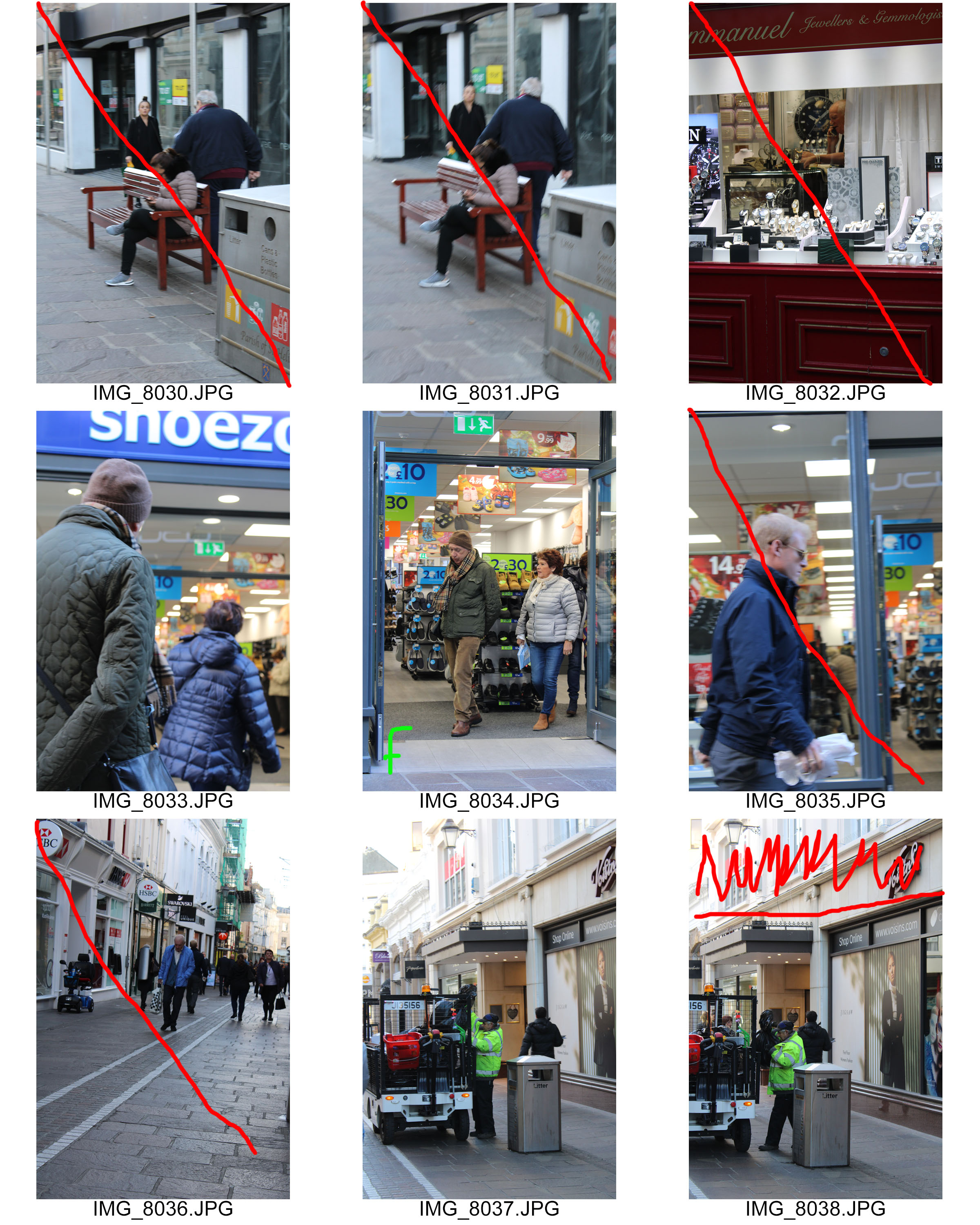
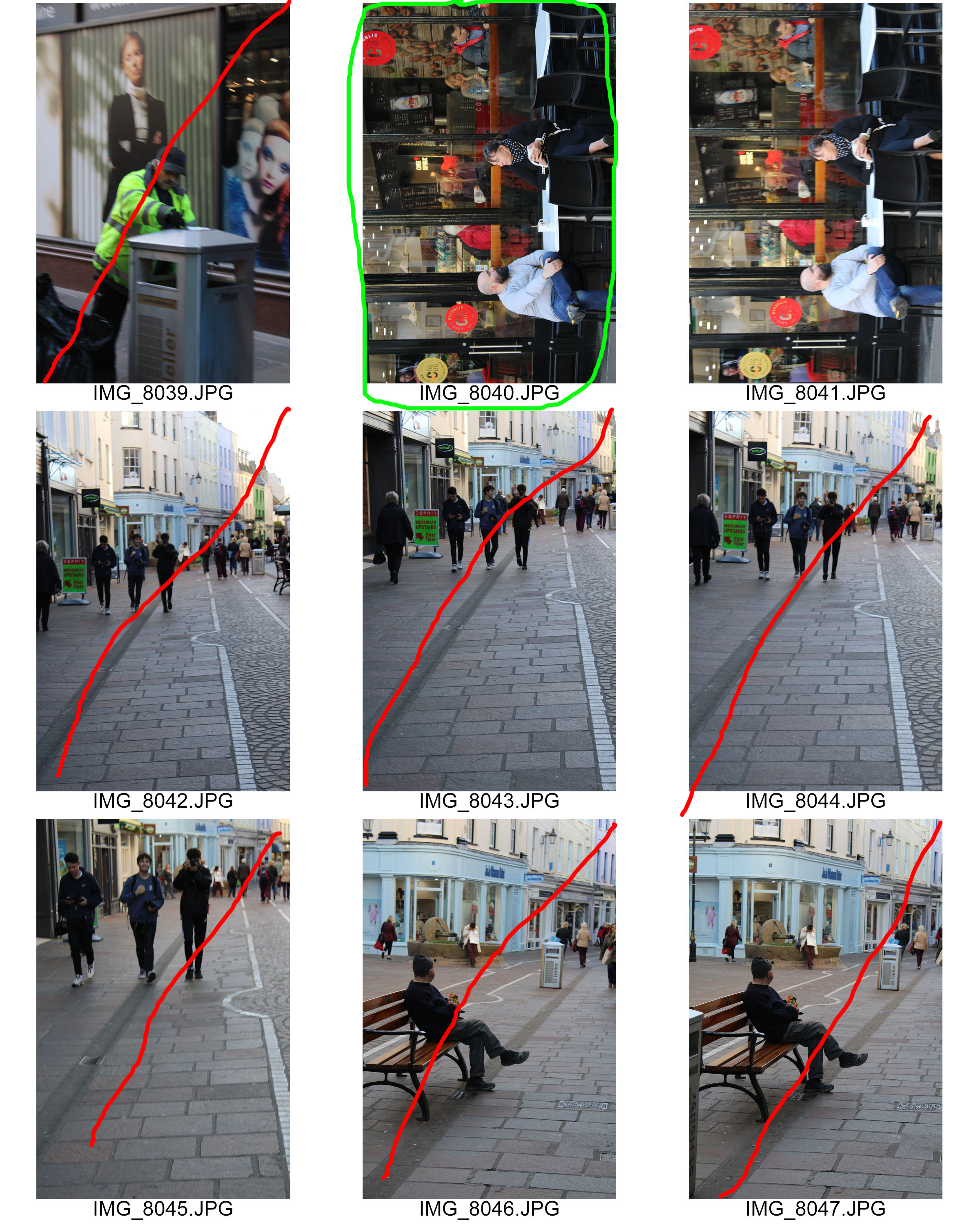
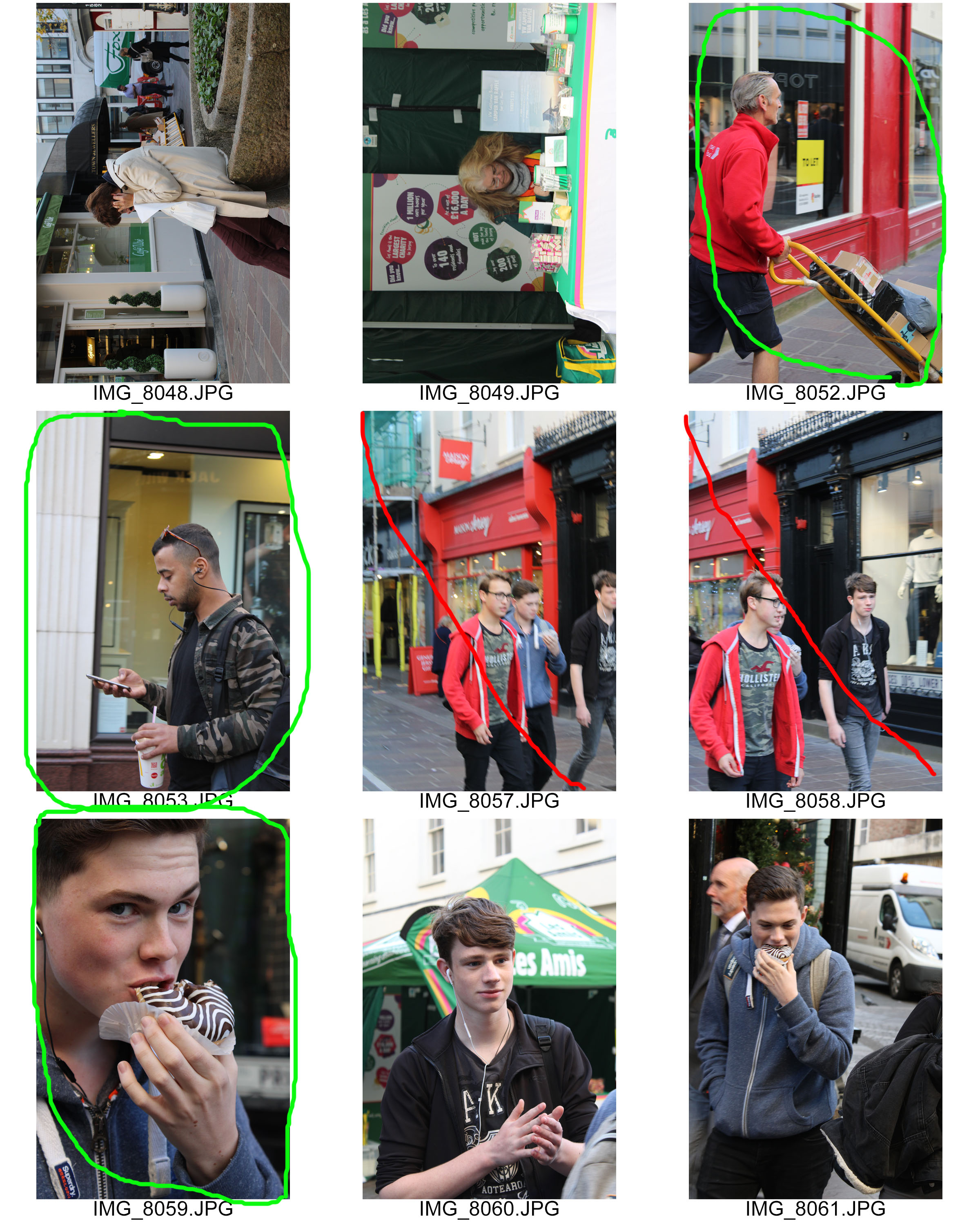
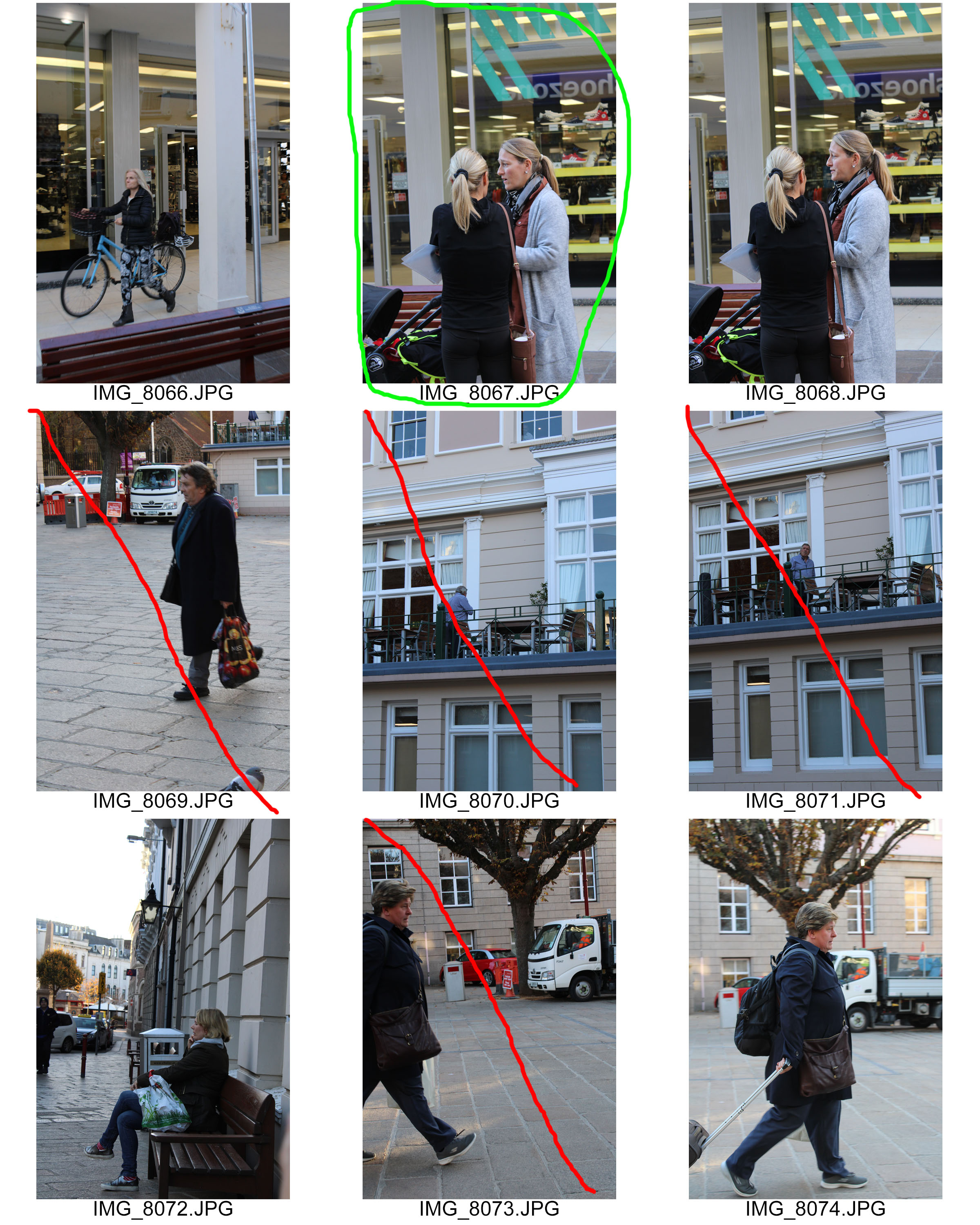

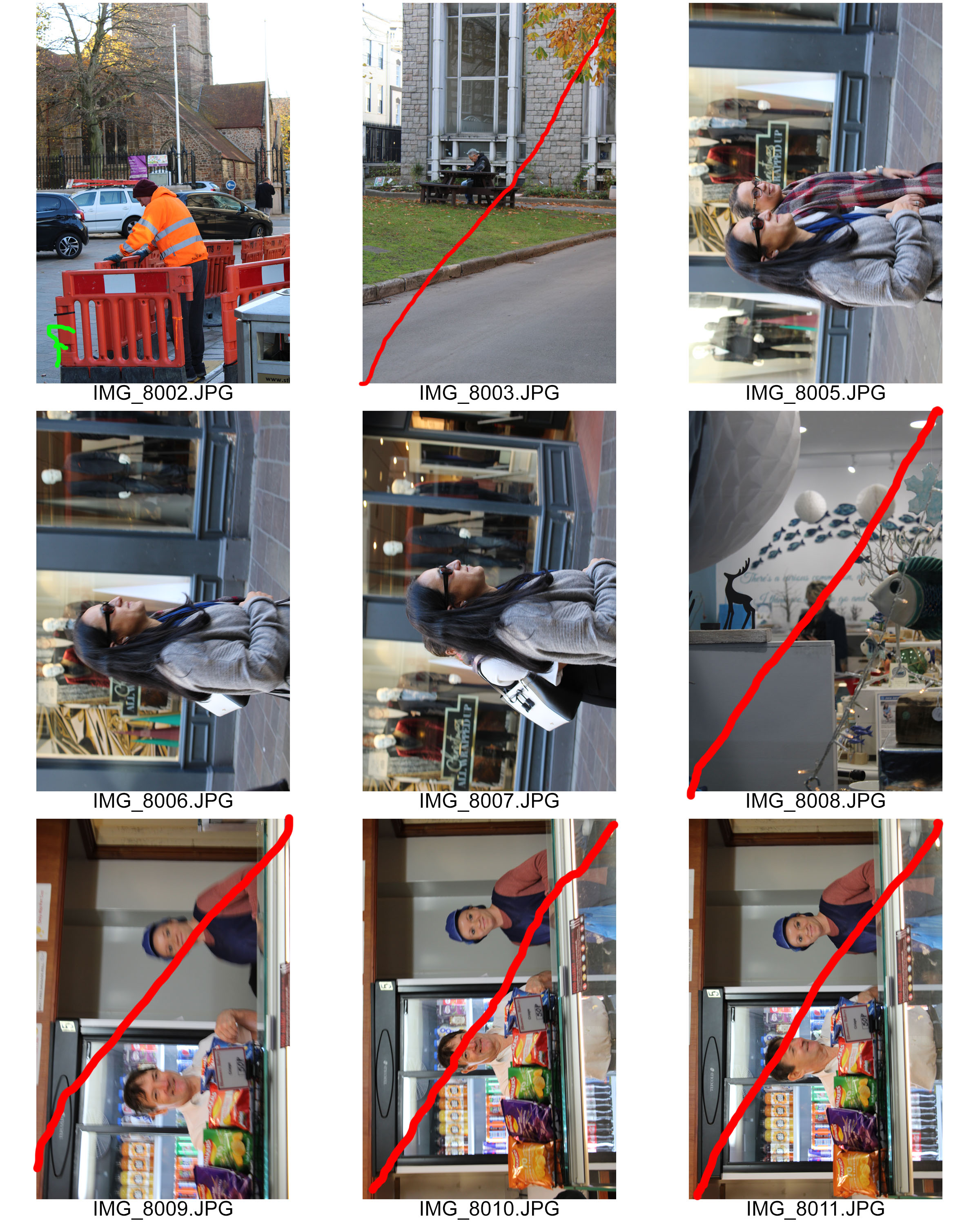
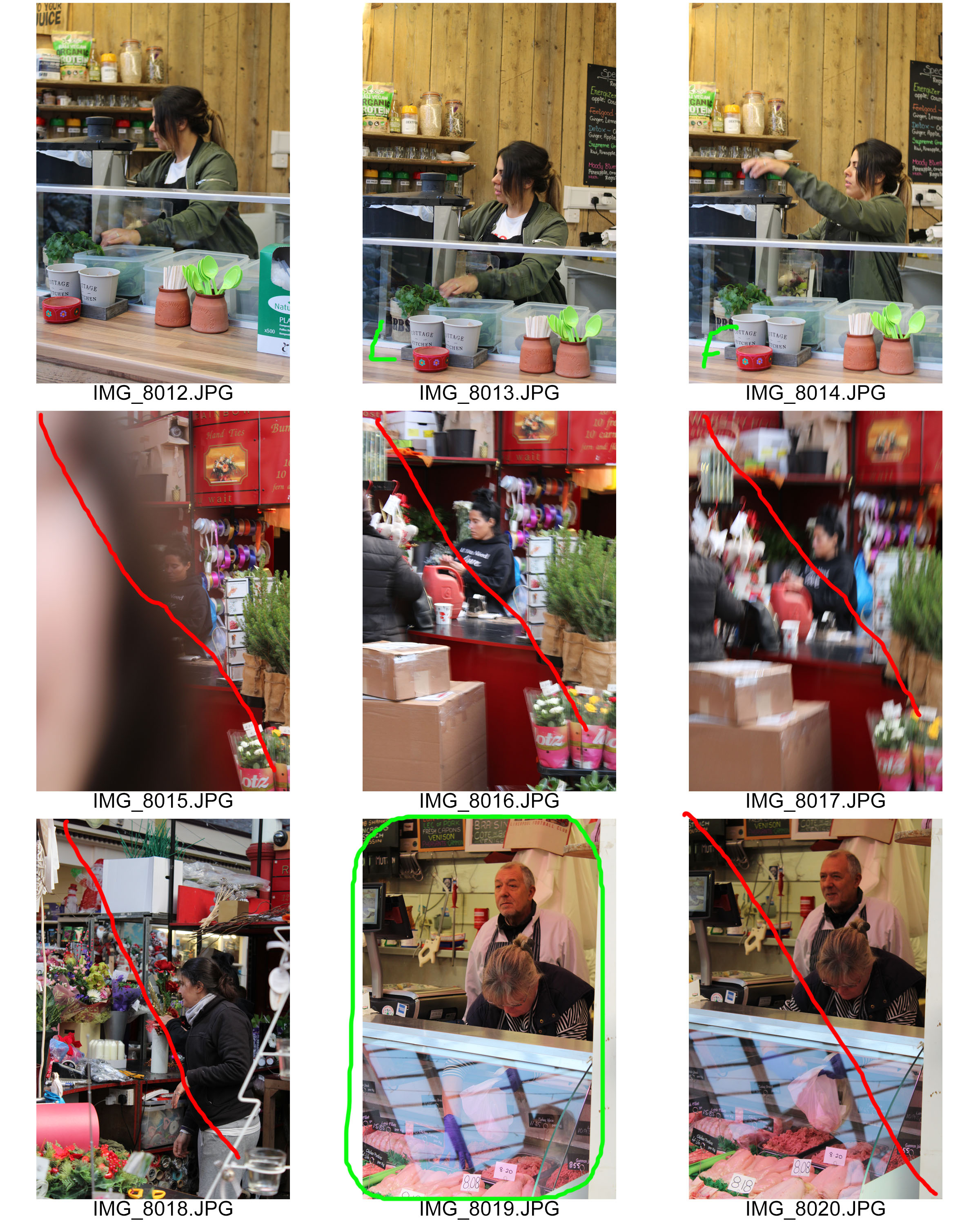
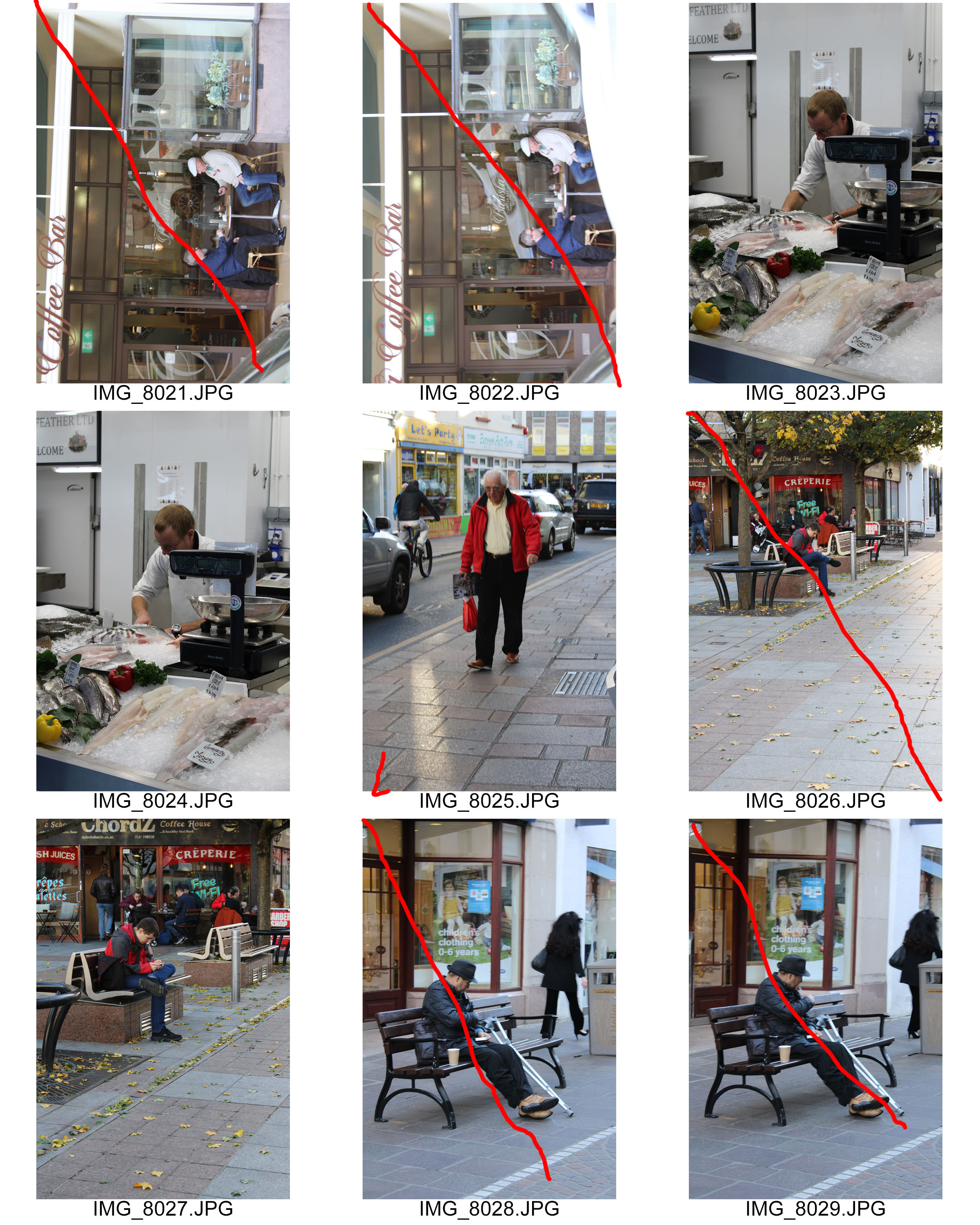
Final Outcomes

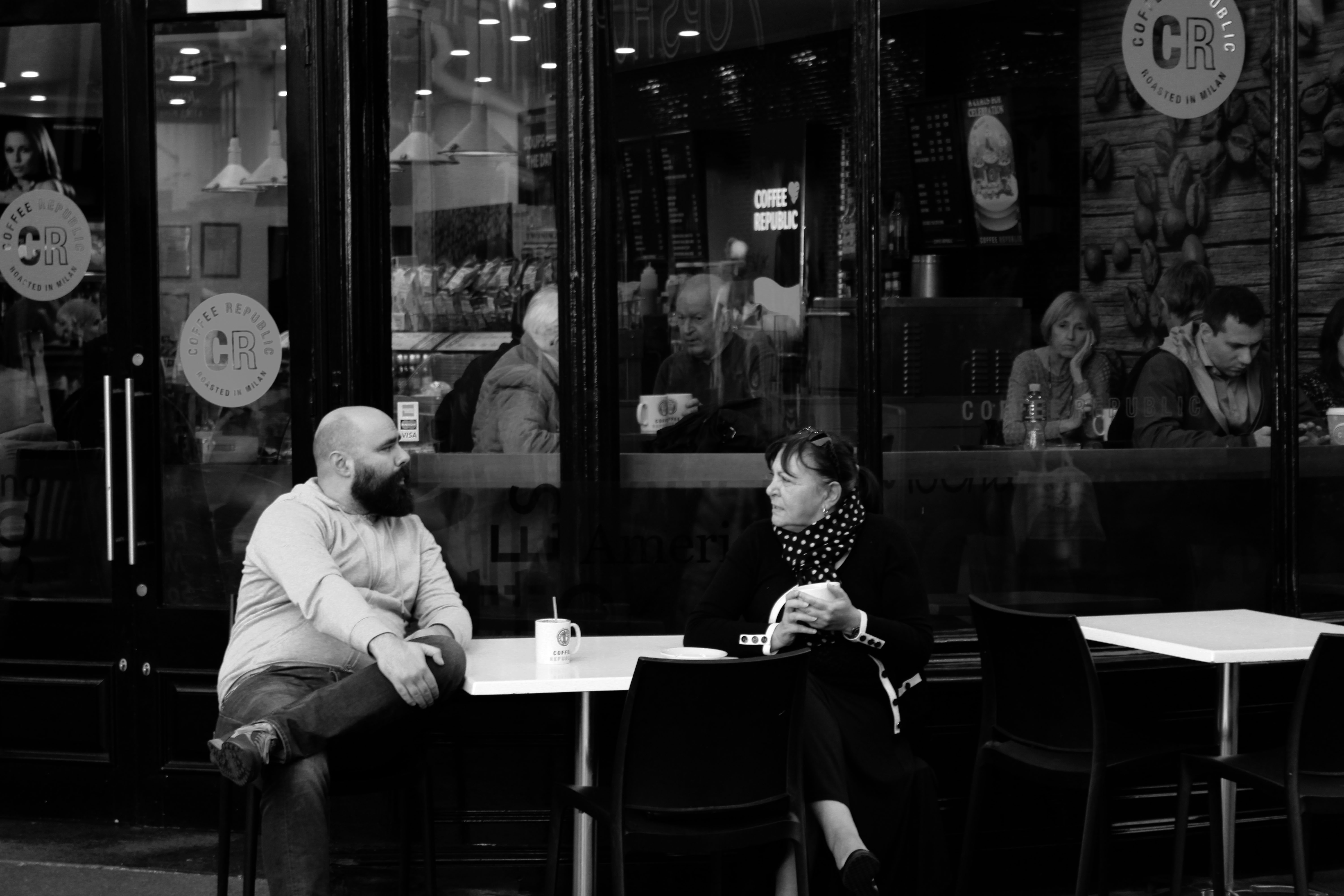
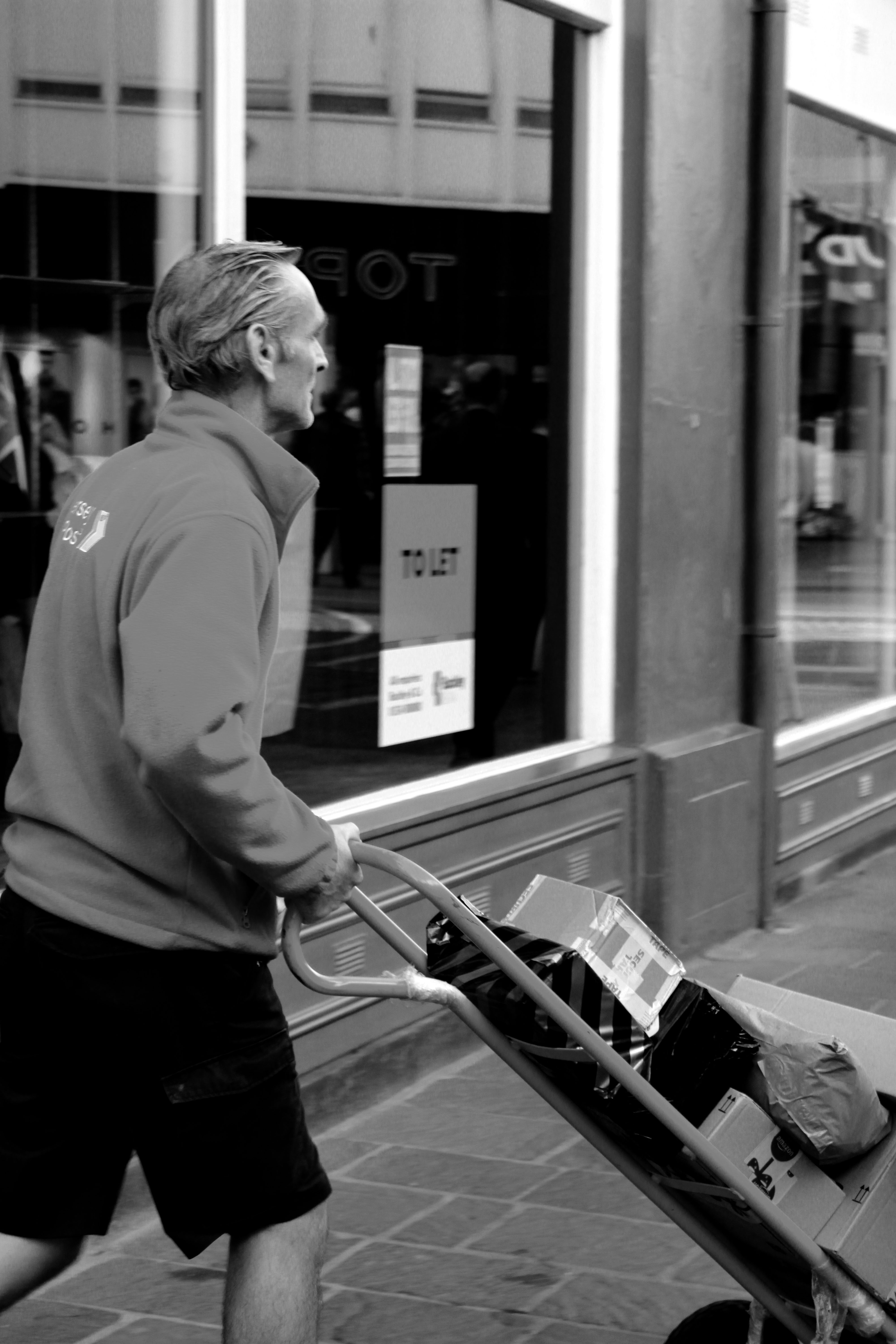

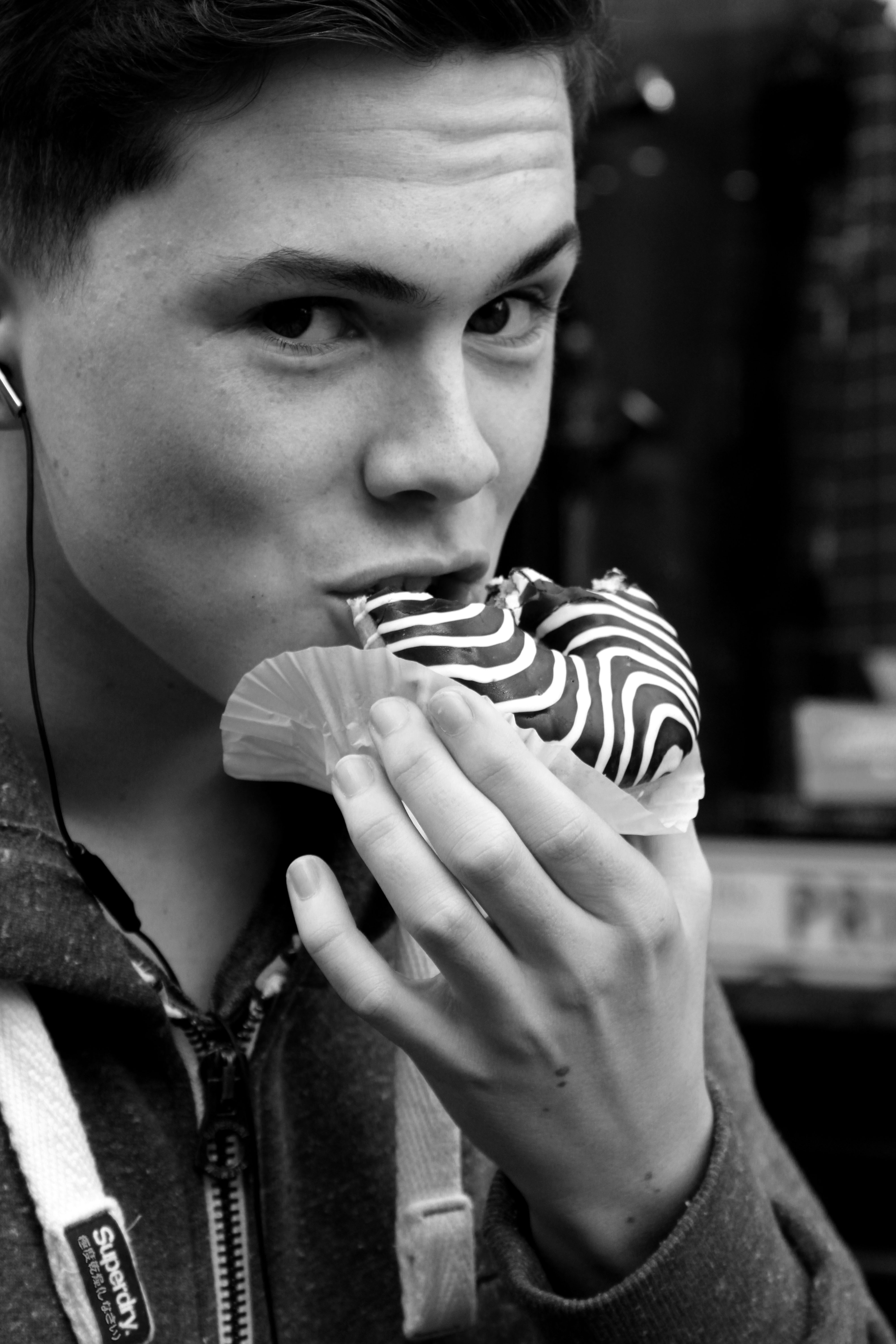
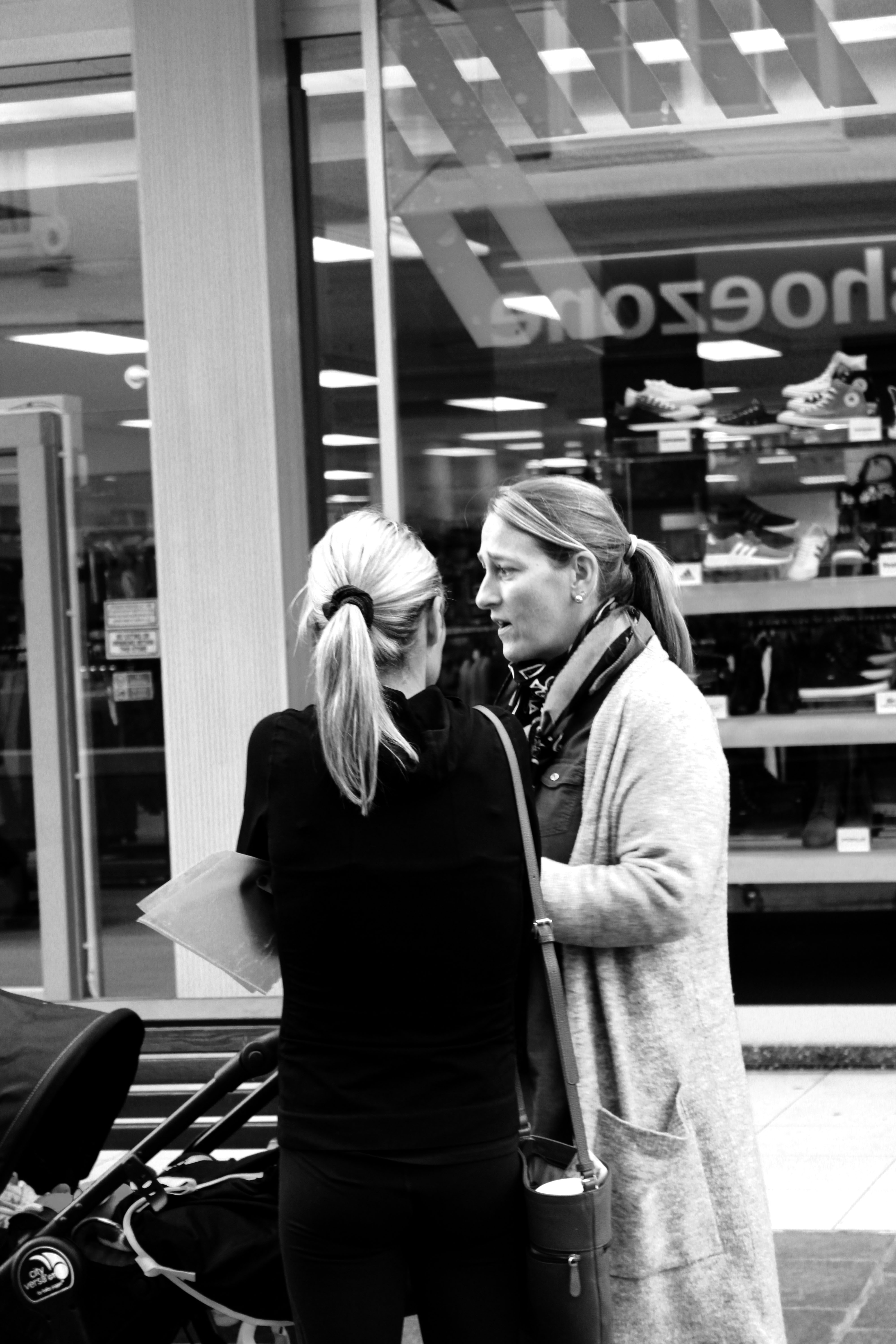
Comparison
In technical terms I feel that my work and Bresson’s work is similar, we both presented our images in black and white, I attempted to have the formal elements of shape, texture and space in my images as those a key elements to Bresson’s photograph. Moreover, I tried to create a depth of field, where the people are mostly in focus, but still having the background in focus, but not as clear at the foreground. Bresson’s photograph is very different in conceptual terms as he is trying to show the effect of war to children in poverty. My photographs concept was to show the different kinds of people found in town during a busy period.
